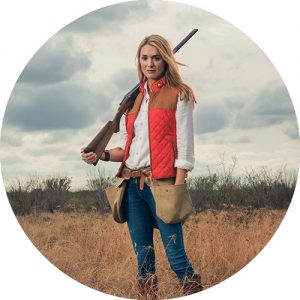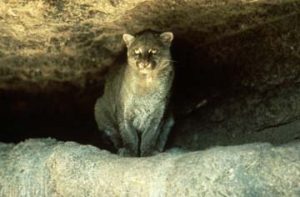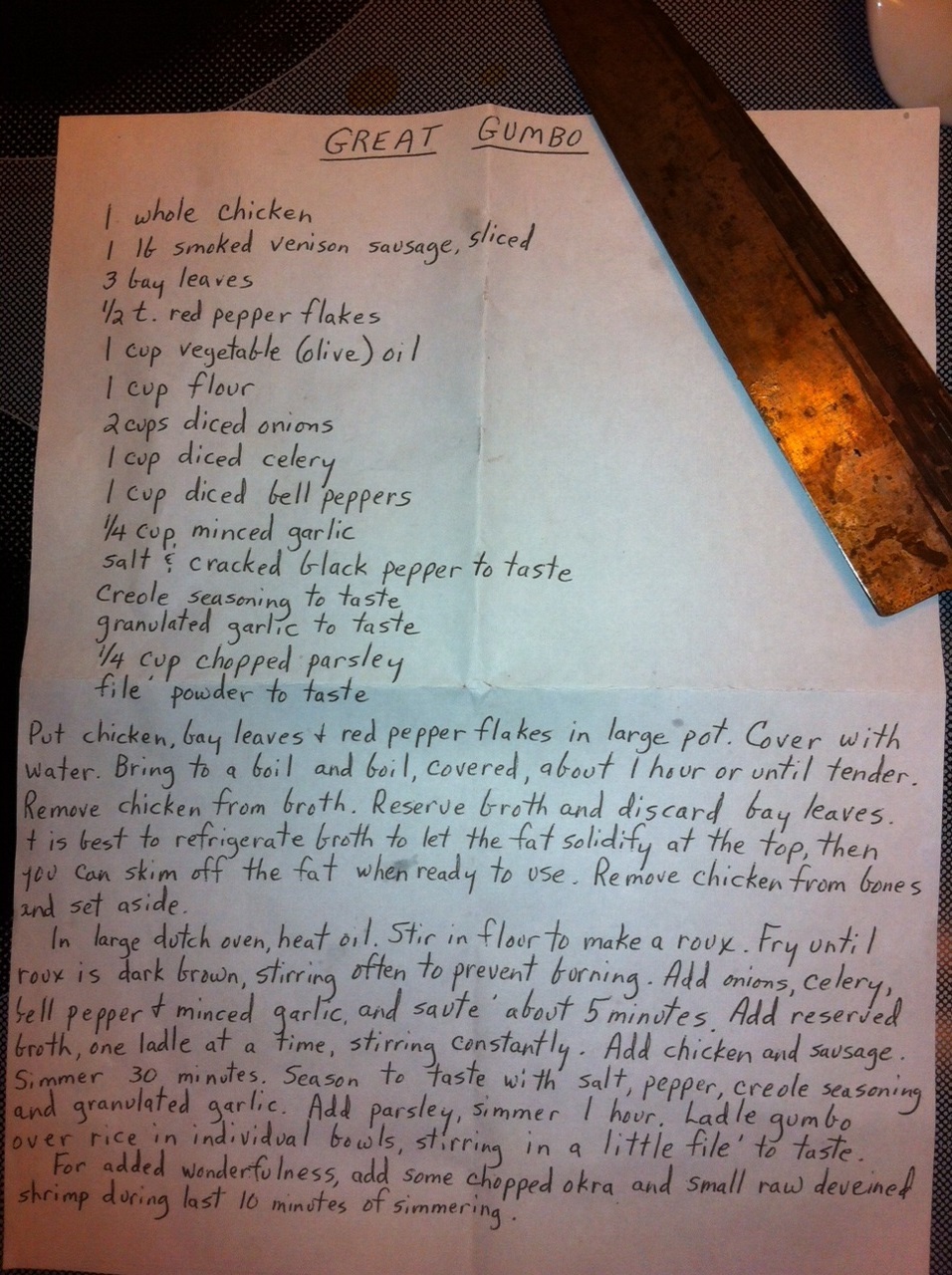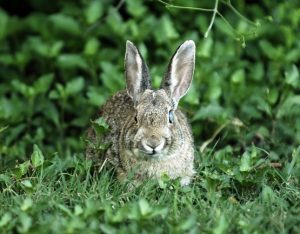There’s No Taming Adrian Sabom
Monday, April 30th, 2018This is Passport to Texas
Lifelong outdoorswoman, Adrian Sabom, grew up on a working cattle ranch in South Texas. Her parents, passionate land stewards and avid quail hunters, raised her to respect and protect the beauty of wild things. Taking a page from her folks’ “parenting handbook”, Adrian exposes her two kids to rich outdoor experiences.
When they were little we would take them somewhere where you could go our and just romp around. And then we would take them to South Texas as often as we could, and go hunting. Two weeks ago we went down to see my parents and took [the kids] hunting; they love it. You’re out, all day long, and you have such good conversation where you can just talk about whatever. You just don’t get that opportunity that much.
Sabom encourages parents to share the gift of wild spaces with their children so that their children will have them enjoy in the future.
You know, if we live in San Antonio and we just keep them in the city, that’s what they’re going to know. So, we make sure we take them [outdoors] and do things, so they’re exposed to it, so then they appreciate it.
Learn more about connecting with and conserving Texas wild places during Texas Parks and Wildlife Foundation’s We Will not be Tamed campaign. Find details at tpwf.org.
For Texas Parks and Wildlife…I’m Cecilia Nasti.







 Passport to Texas is a
Passport to Texas is a  Passport to Texas is made available by:
Passport to Texas is made available by: